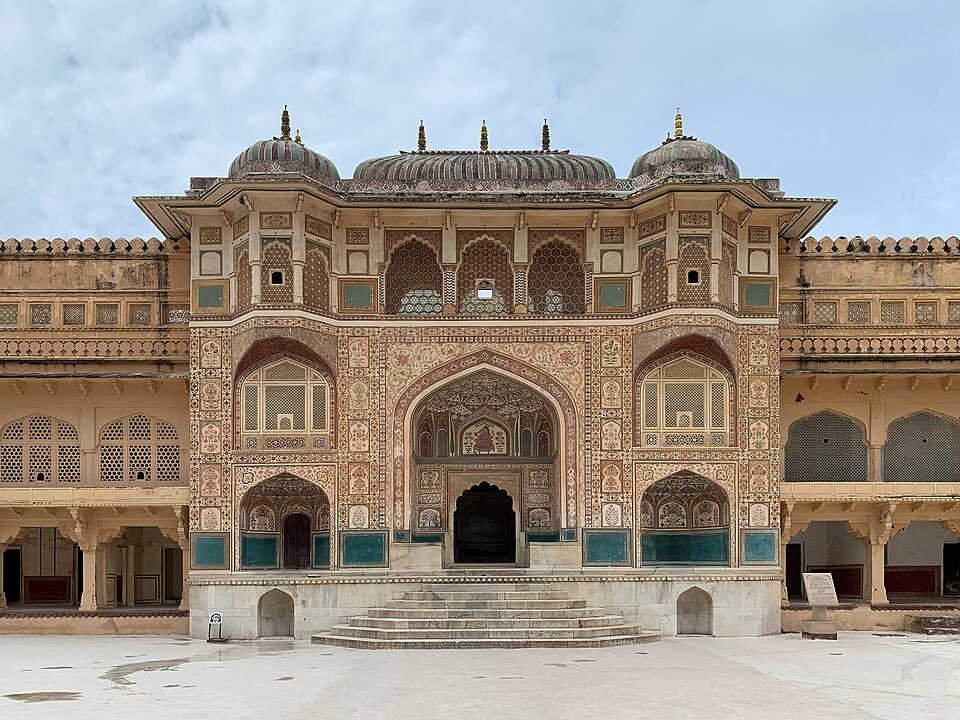Quick Bits:
Jaipur, famously known as the “Pink City,” is the vibrant capital of Rajasthan, India. A fascinating mix of old-world charm and modernity, Jaipur is a city of royal palaces, grand forts, and bustling markets. Its striking architecture, lively culture, and rich history make it one of the most captivating tourist destinations in India.
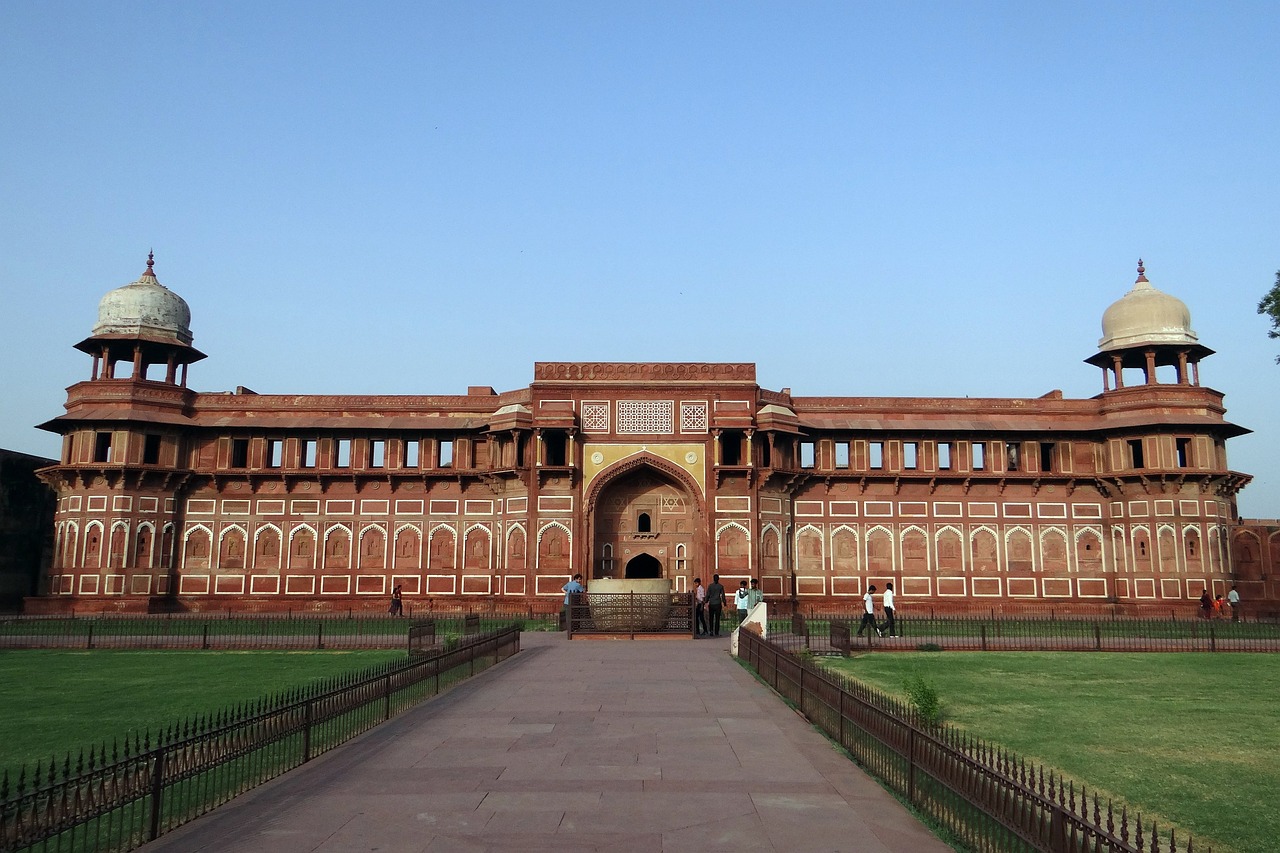
Key Highlights
- Known for its stunning pink sandstone architecture
- Home to UNESCO World Heritage Sites like the Amer Fort and Jantar Mantar
- Bustling markets with traditional handicrafts, jewelry, and textiles
- Renowned Rajasthani cuisine with dishes like dal baati churma and gatte ki sabzi
- Annual festivals, including the Jaipur Literature Festival and Teej, showcasing culture and arts
General Information
Founded in 1727 by Maharaja Sawai Jai Singh II, Jaipur was the first planned city of India. With a layout inspired by Vastu Shastra principles, Jaipur’s design is a grid with wide streets, grand squares, and distinct buildings painted in shades of pink. This choice of color was a symbol of hospitality for Prince Albert’s visit in 1876. The city boasts a harmonious blend of Indian architectural styles, highlighted by its unique pink buildings.
Jaipur has grown to be one of India’s top tourist destinations, attracting millions of visitors yearly. Its thriving tourism industry is complemented by a reputation for craftsmanship, with skilled artisans creating jewelry, pottery, and textiles.
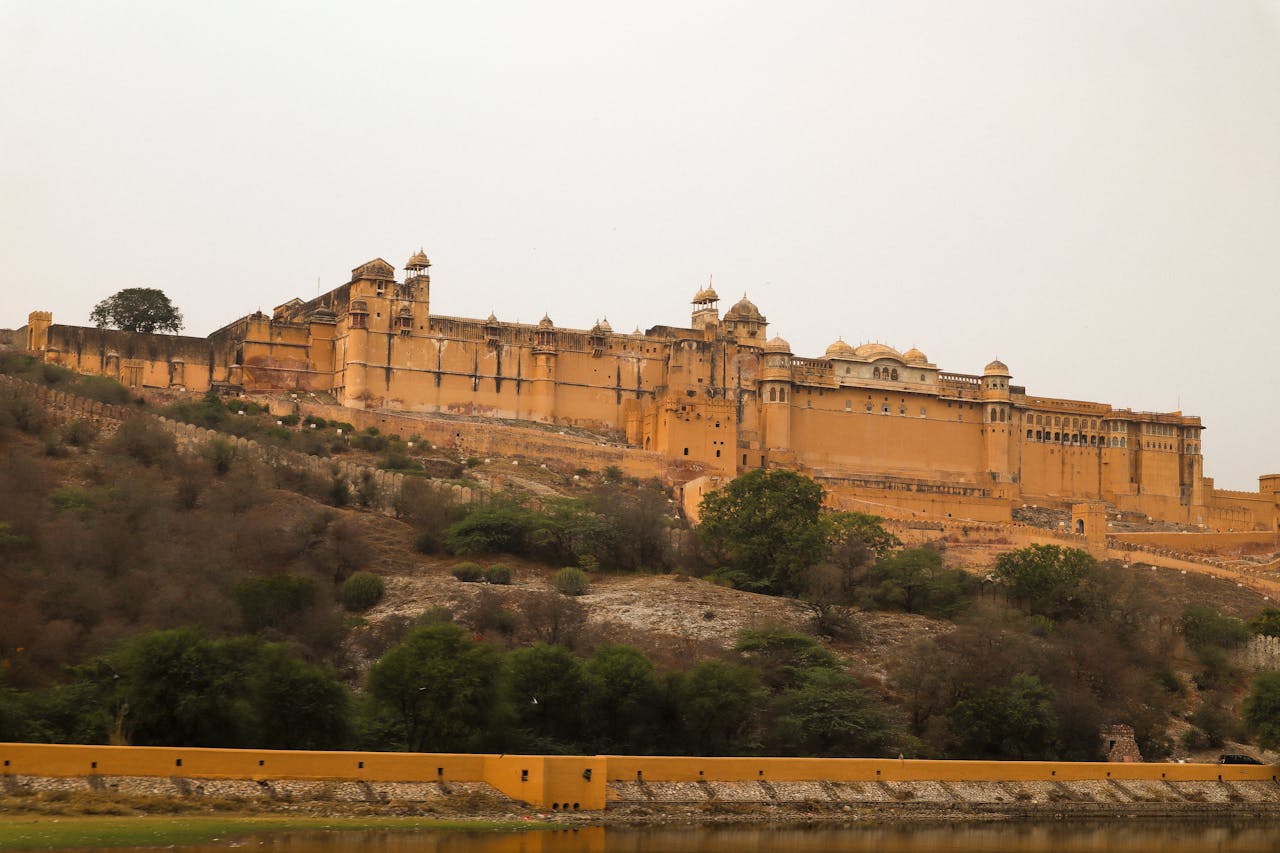
Geography Information
Located in the semi-arid region of Rajasthan, Jaipur is set against the backdrop of the Aravalli Hills, one of India’s oldest mountain ranges. The city covers an area of about 485 square kilometers and sits at an elevation of 431 meters above sea level. Jaipur’s location is ideal for those exploring North India, as it forms part of the “Golden Triangle,” a popular tourist circuit with Delhi and Agra.
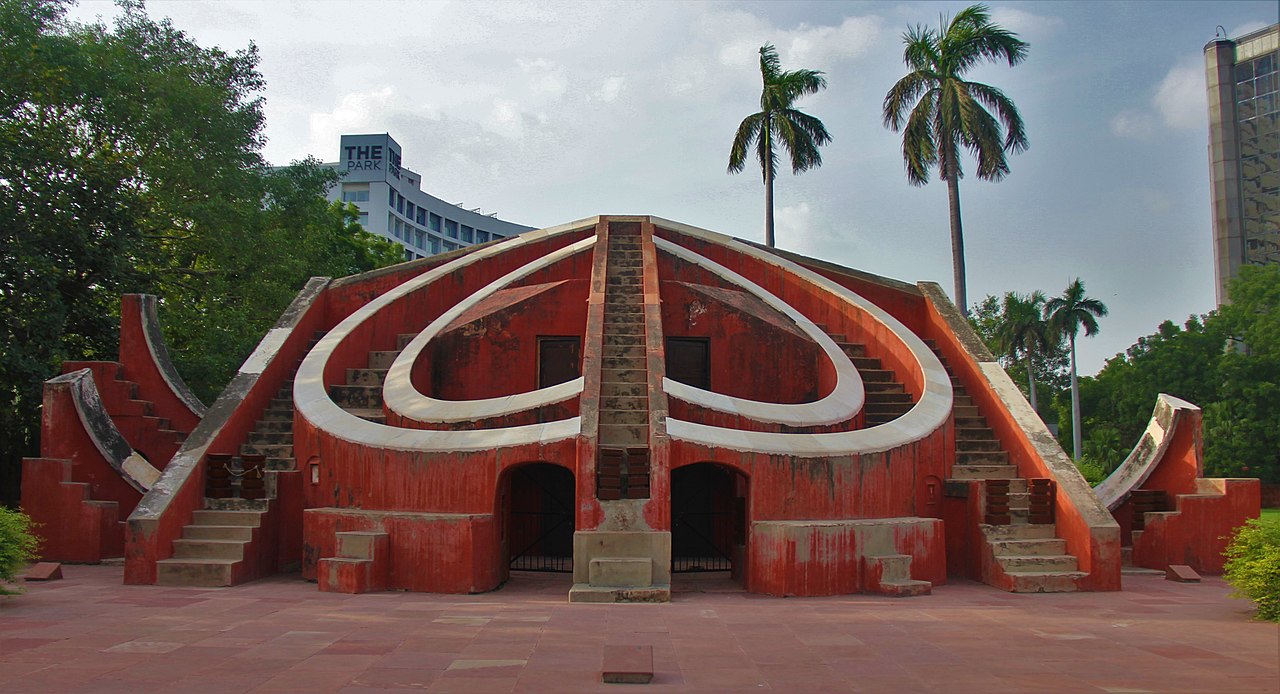
Places to Visit
Jaipur’s charm lies in its historic forts, palaces, and lively markets, each offering a unique experience. Here are the must-see places in Jaipur:
-
Amer Fort
A majestic fort perched on a hill, Amer Fort is a blend of Hindu and Mughal architecture. Known for its mirrorwork and elaborate courtyards, it offers panoramic views of the surrounding hills and Maota Lake. -
City Palace
Located in the heart of Jaipur, the City Palace is a splendid complex of courtyards, gardens, and museums. It remains the residence of the Jaipur royal family and houses a collection of costumes, weaponry, and artifacts. -
Hawa Mahal
Known as the Palace of Winds, Hawa Mahal has a unique five-story facade with 953 small windows. These windows were designed to allow royal women to observe street festivities unseen. -
Jantar Mantar
A UNESCO World Heritage Site, Jantar Mantar is an astronomical observatory built in the 18th century. It houses nineteen astronomical instruments, including the world’s largest stone sundial. -
Nahargarh Fort
Offering panoramic views of the city, Nahargarh Fort stands atop the Aravalli hills. Originally built for defense, it became a retreat for the royal family. -
Jaipur Markets
Jaipur’s markets, including Johari Bazaar and Bapu Bazaar, are perfect for shoppers seeking traditional jewelry, vibrant textiles, and handcrafted goods.
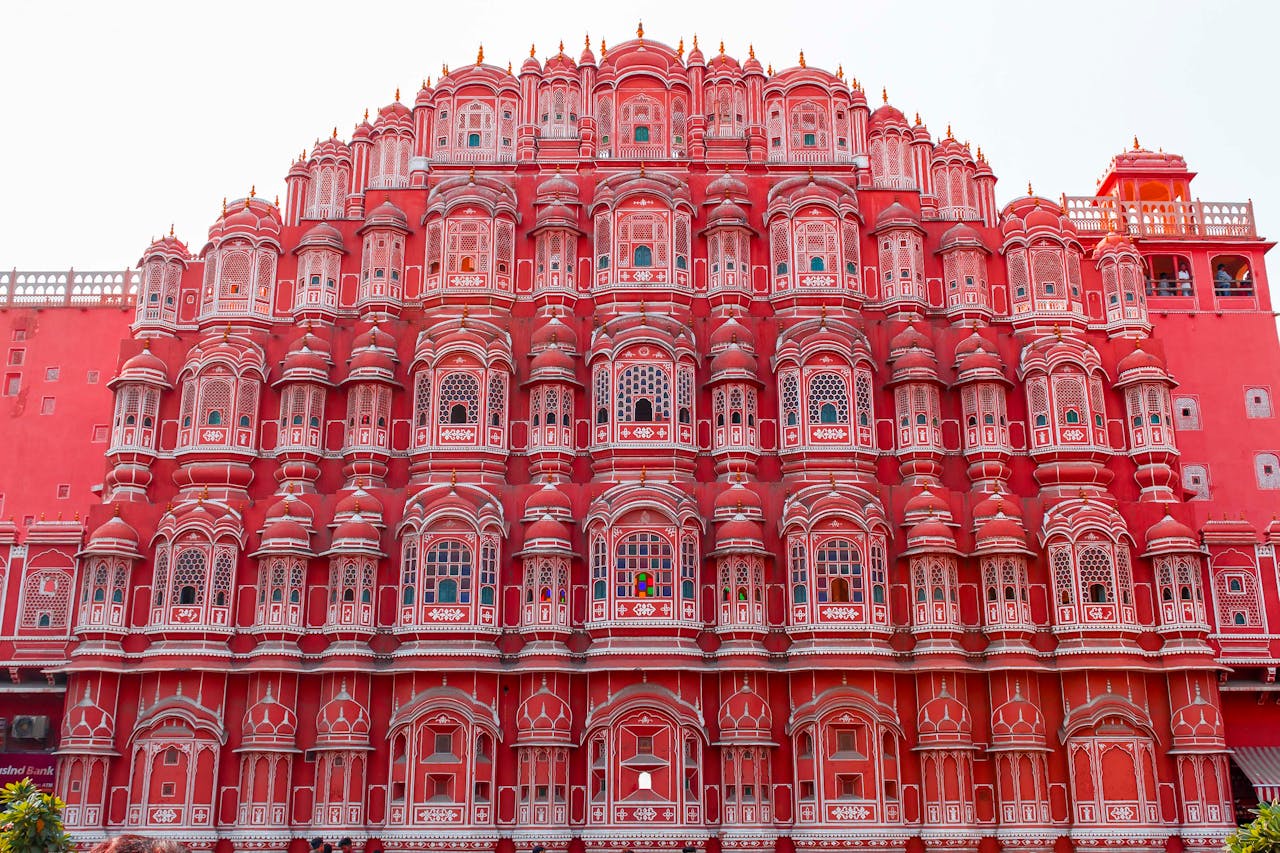
Yearly Climate
Jaipur’s climate can be classified into three primary seasons: summer, monsoon, and winter. Here’s a breakdown:
-
Summer (April to June)
Summers in Jaipur are typically hot and dry, with temperatures ranging between 30°C to 45°C. It’s the least popular time for tourists due to the heat. -
Monsoon (July to September)
The monsoon season brings relief from the heat, with temperatures dropping to 25°C–35°C. Though rainfall can be heavy, the monsoon gives Jaipur a refreshing look, and lush greenery emerges around the forts and hills. -
Winter (October to March)
Winter is the most pleasant season, with temperatures averaging between 10°C to 25°C. Cool and dry, the weather is ideal for sightseeing, making this peak tourist season in Jaipur.
Best Time of Year to Visit
The best time to visit Jaipur is during the winter months from October to March. The cooler temperatures provide a comfortable environment for exploring outdoor attractions like forts, palaces, and gardens. October and November are also popular due to the Diwali and Pushkar fairs, while the annual Jaipur Literature Festival takes place in January. The pleasant weather and vibrant cultural events create a captivating atmosphere that draws visitors from around the world.
For those interested in experiencing Jaipur’s traditional festivals, timing a visit during Teej or Gangaur, which typically fall around the monsoon season, adds a cultural dimension to the journey.
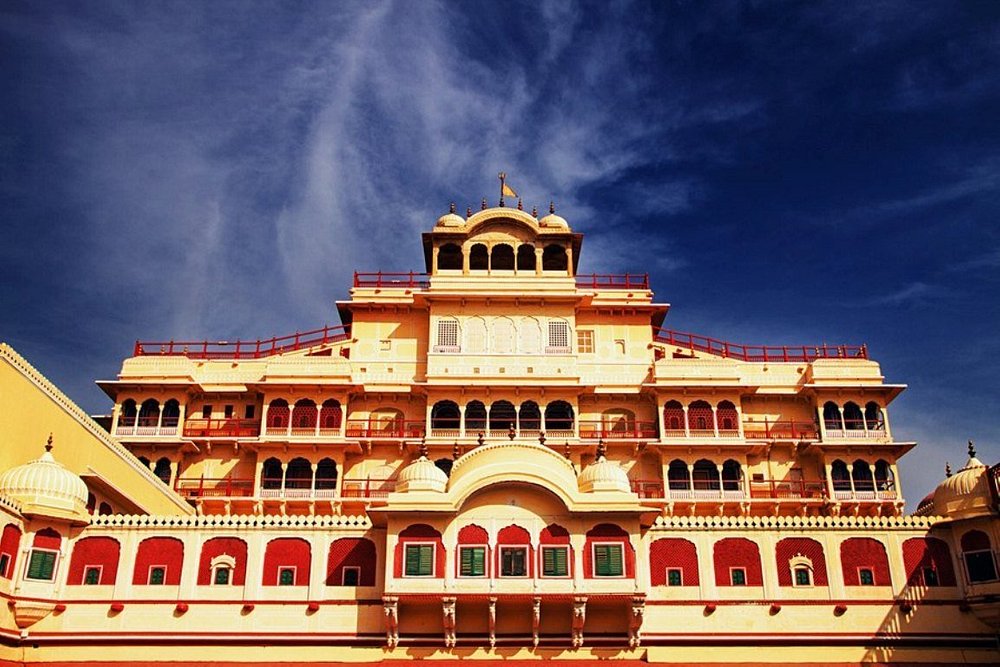
In Summary…
Jaipur offers a sensory journey through history, culture, and color. The city’s iconic pink buildings, royal palaces, and bustling markets embody the spirit of Rajasthan. Each corner of Jaipur tells a story of its regal past and artistic traditions, making it a destination worth experiencing. Whether admiring the intricate architecture of Amer Fort or shopping for vibrant textiles, Jaipur has something for every traveler. The winter months present the best time to explore this timeless city, allowing visitors to immerse themselves in its rich heritage and enjoy its scenic landscapes comfortably.

